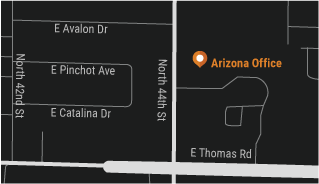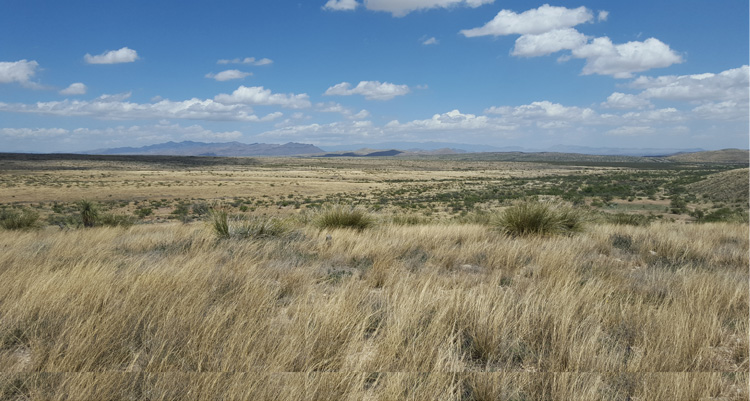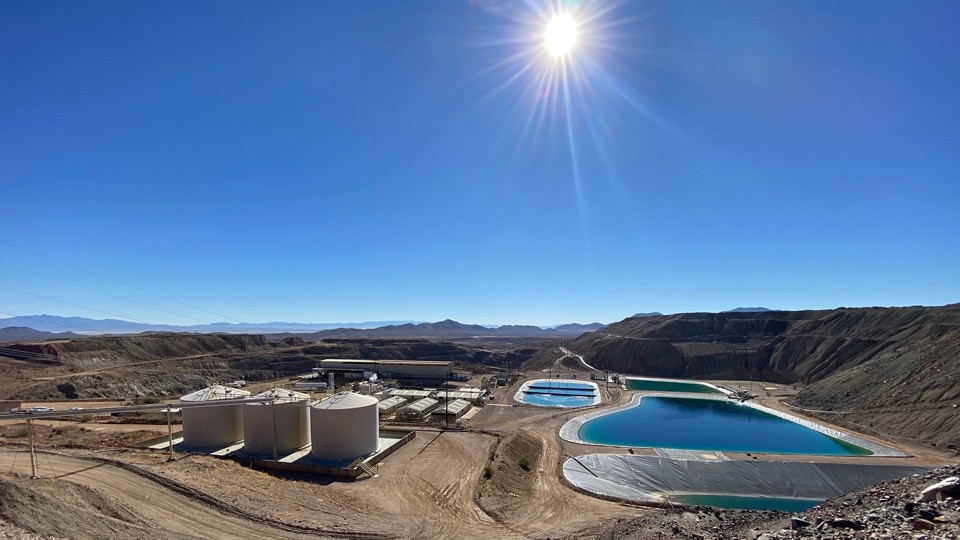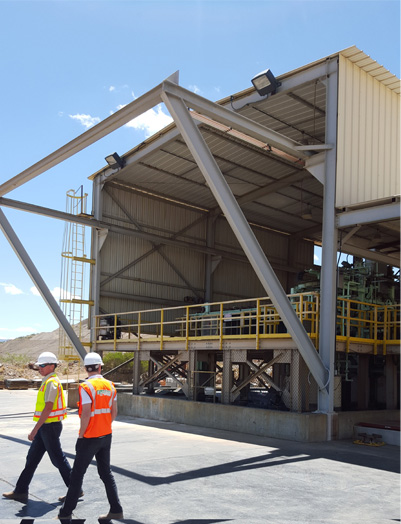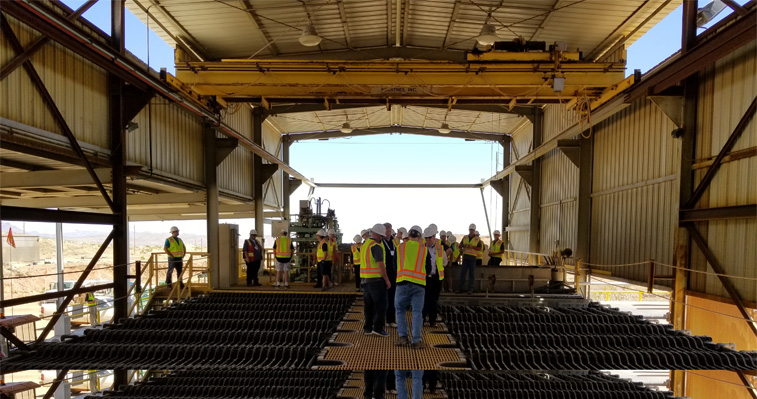Prior Operations
The Gunnison Project was previously designed as a copper in-situ recovery (“ISR”) mine using solvent extraction-electrowinning (“SX-EW”) to produce copper cathode. The ISR operation commenced ramp-up to production in 2020; however, as previously disclosed, it had operational issues related to low flow rates, so the Company began evaluating alternatives and opportunities to fix the ramp-up challenges. Well stimulation (small scale, shallow level, hydraulic fracking), has the potential to fundamentally change the performance of the wellfield and fix many of the low productivity issues. The Company has obtained a permit for well stimulation and the next step would be to conduct field trials. If well stimulation is successful, it could provide an operation with superior economics to the open pit operation and be in copper production much quicker than an open pit. However, due to the technical risks of ISR and substantially improved viability of the open pit operation, GCC intends to focus the PFS on an open pit operation as the alternative to ISR. If future financing is available for ISR activities, the Company may elect to conduct well stimulation field trials, but such field trials will not hinder the open pit studies. The Company intends to maintain the optionality of future ISR operations and well stimulation trials as this remains an asset to the Company. This includes maintaining full compliance with all regulatory and permit requirements, including maintaining hydraulic control, pumping, monitoring and regulatory reporting.
GEOLOGICAL SETTING AND MINERALIZATION
The Gunnison Project is situated in the Mexican Highland section of the Basin and Range physiographic province. The province is characterized by fault-bounded mountains, typically with large igneous intrusives at their cores, separated by deep basins filled with Tertiary and Quaternary gravels.
The Gunnison Project lies on the eastern edge of the Little Dragoon Mountains. The ages of the rocks range from 1.4-billion-year-old Pinal Group schists to recent Holocene sediments. The southern portion of the Little Dragoon Mountains consists predominately of the Tertiary Texas Canyon Quartz Monzonite whereas the Pinal Group schists and the Paleozoic sediments that host the regional copper mineralization dominate the northern half.
Copper sulfide mineralization has formed preferentially in the proximal (higher metamorphic grade) skarn facies, particularly along stratigraphic units such as the Abrigo and Martin Formations near the contact with the quartz monzonite and within structurally complex zones. Primary mineralization occurs as stringers and veinlets of chalcopyrite and bornite. Primary (unoxidized) mineralization remains “open” (undetermined limits) at depth and to the north, south, and east.
Oxidation of the mineralization occurs to a depth of approximately 1,600 feet, resulting in the formation of dominantly chrysocolla and tenorite with minor copper oxides and secondary chalcocite. The bulk of the copper oxide mineralization occurs as chrysocolla, which has formed as coatings on rock fractures and as vein fill. The remainder of the oxide mineralization occurs as replacement patches and disseminations.
The mineralization at Gunnison is thick and high grade with grades to over 0.8% Cu over nearly 600 feet. The mineralization is consistent and is about 2 miles long, half a mile wide and over 1000 feet thick. The alluvium over the top of the deposit is cheap to mine, requiring little to no blasting.


